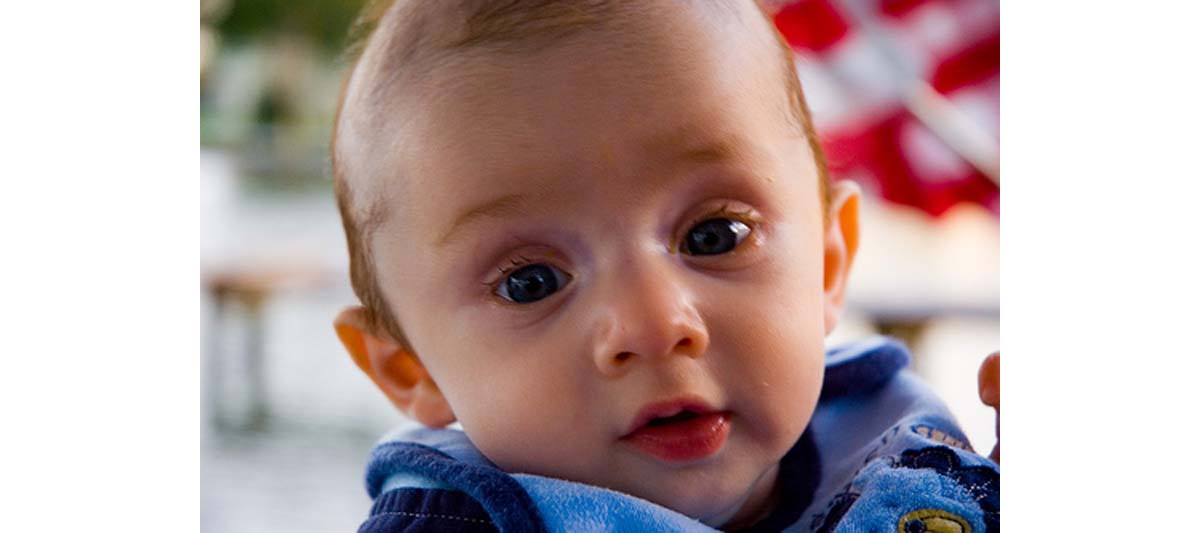SIDS, the most common cause of infant mortality is defined as the unexpected and sudden death of a child under one year of age, occurring during sleep, that remains unexplained after a careful examination of the circumstances.
Sudden Infant Death Syndrome- the most distressing illness
No illness of infants is more distressing to parents than Sudden Infant Death Syndrome, also known by its acronym, SIDS.
- Baby's sleeping position
- Smoking by parents or family members
- Sleeping with parents who recently used alcohol or recreational drugs
- Overheating or overcooling the baby in the bed
- Loose sheets or blankets in the baby's crib or bed
- Excessively soft or fluffy blankets used to cover the child
SIDS risk factors and what to do about them
Baby's sleeping position. Infant health experts recommend that children be put to bed on their backs, certainly not on their tummies and also not on their sides. Any child lying stomach down is at immediate risk for suffocation. A child put to bed on his or her side can easily roll over into tummy-down position, blocking airways and quietly suffocating.Smoking by mother or family members. Every study of SIDS has found higher rates of death in infants of mothers who smoked during pregnancy. Exposure to toxins from tobacco smoke seems to change the baby's brain in ways that make him or less likely to wake up when breathing is cut off, rolling over to safety. Whether smoking by other adults in the family or smoking by the mother after baby's birth has an effect on SIDS is not as clear-cut, but drastic reductions in the rates of infant mortality seem to go hand in hand with small reductions in the exposure of babies to cigarette smoke.
Co-sleeping, especially with parents who recently use alcohol or recreational drugs. The greatest danger for babies sleeping with their parents is getting smothered by sheets and blankets as parents naturally shift position during sleep. There is also a risk of getting trapped face downward in a space between the parent and the bed, and getting trapped face downward in an indentation in a waterbed. Sleeping in the same room, although not in the same bed as parents, however, reduces the risk of SIDS.

READ SIDS - Sudden Infant Death Syndrome
Overheating and overcooling the baby in the bed. When the infant kicks or tugs at the covers, the risk of accidental suffocation is greater. This is also a problem with loose sheets and blankets and excessively soft or fluffy blankets used to make the bed.The greatest risk of SIDS occurs at about four months, with almost all cases occurring between the ages of two and five months. This is the time to take special care to keep baby safe through the night by placing the child in a separate bed with snug, temperature-appropriate bedding, lying on the back, not on the side. It is always a good thing to keep children away from tobacco smoke whenever possible.
- Wilson L, Quine S, Lewis M. Sleeping infants safely - considerations for GPs. Aust Fam Physician. 2010 Jan-Feb,39(1-2):66-8.

